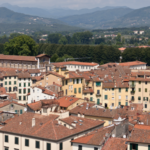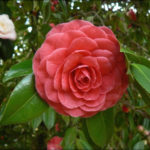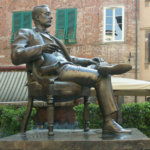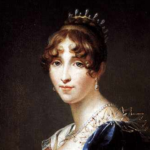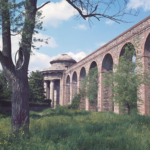
Itineraries through history and nature: The Nottolini’s aqueduct in Lucca
I am not the first to deal with this topic and I can not help do it enthusiastically. First because I'm a tour guide, and then because this side of Tuscany never stops to amaze me. Few places I know can boast such a relaxing therapeutic effects as the narrow path that leads you straight from the walls of Lucca to the Pisan mountains, along the aqueduct arches of Lucca Read all
